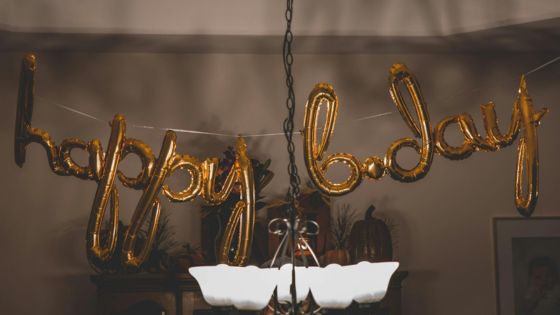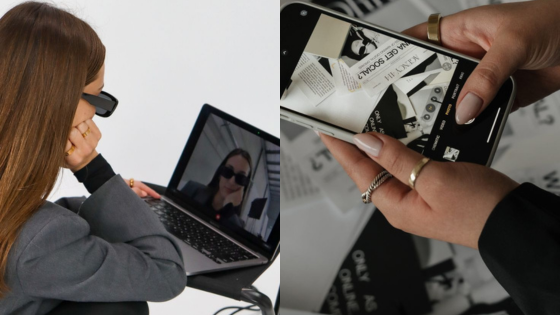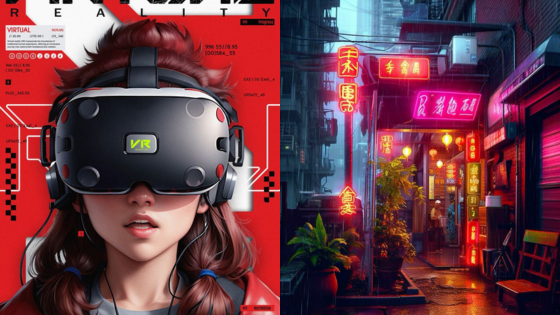Creating a cover of your favorite song can be an exciting endeavor that allows you to express your musical identity. Choosing a song that resonates with you is crucial, as it will serve as the foundation for your personal interpretation. By infusing your style into your cover, you can connect with listeners in a unique way.
With advancements in technology, tools like AI song cover generators are becoming popular among aspiring musicians. These machine learning algorithms can help you experiment with different arrangements and sounds, making the creative process more accessible. Engaging with these technologies can elevate your cover and help you refine your artistic voice.
Once your cover is ready, sharing it effectively is key to gaining visibility. Whether through social media or music platforms, promoting your work can draw in an audience eager to hear your version of a beloved track. Embrace this opportunity to showcase your talents.
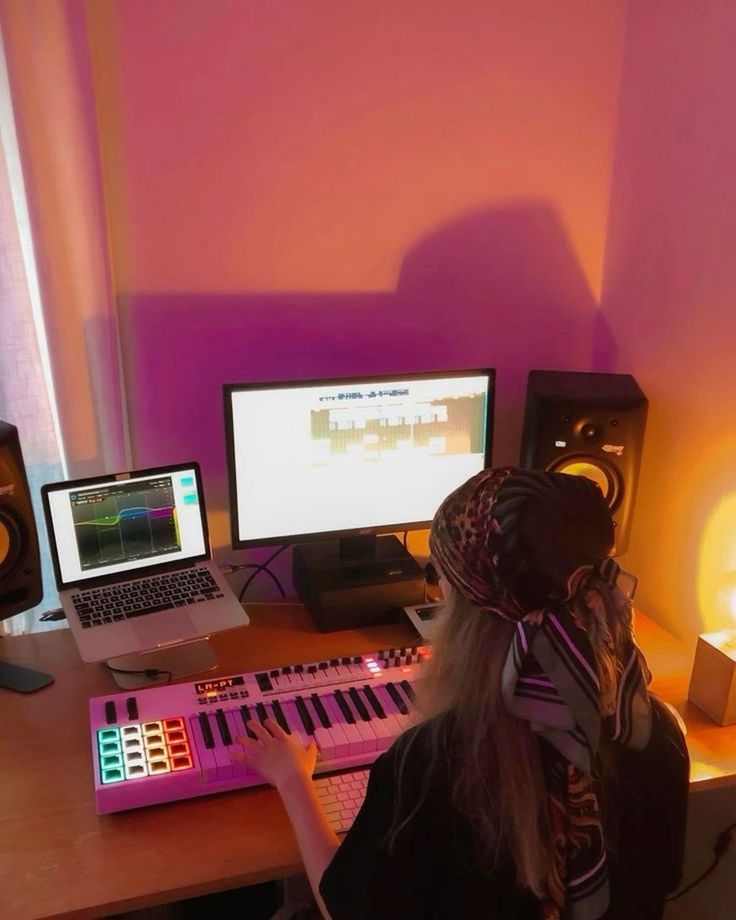
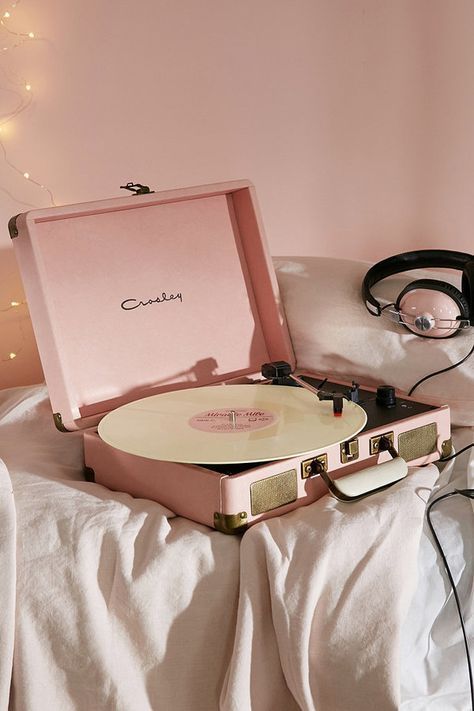

Key Takeaways
- Choose a song that speaks to you for a stronger emotional connection.
- Utilize AI tools to experiment and enhance your music creation process.
- Promote your cover on various platforms to reach a wider audience.
Choosing Your Song and Defining Style
Selecting the right song and defining your style are crucial steps in crafting a successful cover. This process involves identifying the song you want to cover, understanding the musical genres and styles, and analyzing the mood and theme of the original track.
Identifying the Song Title and Artist
Start by choosing a song that resonates with you personally. Consider artists like Taylor Swift or Drake; their works often have wide appeal and are adaptable to different styles.
Make a list of your favorite songs. Focus on those that evoke strong emotions or memories. This personal connection will enhance your performance. The title and artist should reflect your musical preferences and strengths.
Understanding Musical Genres and Styles
Familiarize yourself with the musical genres of the chosen song. Each genre, be it pop, rock, or hip-hop, has distinct characteristics that inform performance choices. For example, a Taylor Swift ballad will likely draw from country or pop elements, while a Drake song may incorporate hip-hop or R&B influences.
Consider your own musical style. Are you more inclined toward a soft acoustic rendition or an energetic rock version? Define how you want your cover to sound, keeping the original genre in mind while allowing for a personal twist.
Analyzing the Mood and Theme of the Original Song
Evaluate the mood and theme of the original track. Is it upbeat, melancholic, or reflective? Understanding the emotional undertones is essential for conveying the right feelings in your cover.
Take notes on the lyrics, focusing on recurring themes. If you cover a song with a romantic theme, ensure your rendition captures that essence. Think about how instrumentation can enhance the mood as well. Developing a strong emotional connection will resonate with your audience and strengthen your rendition.
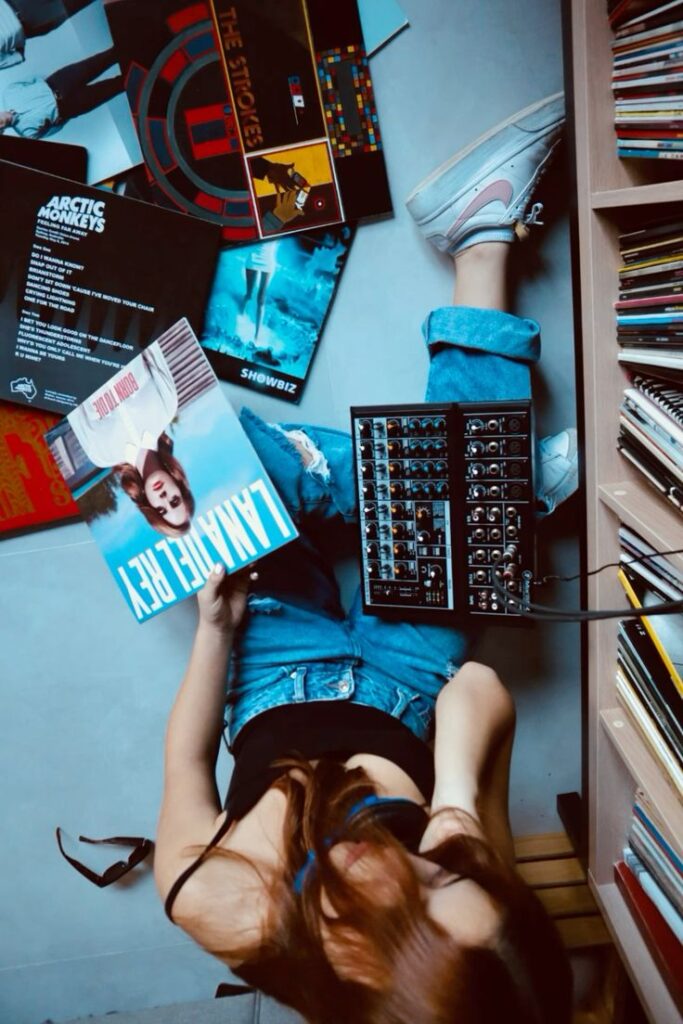
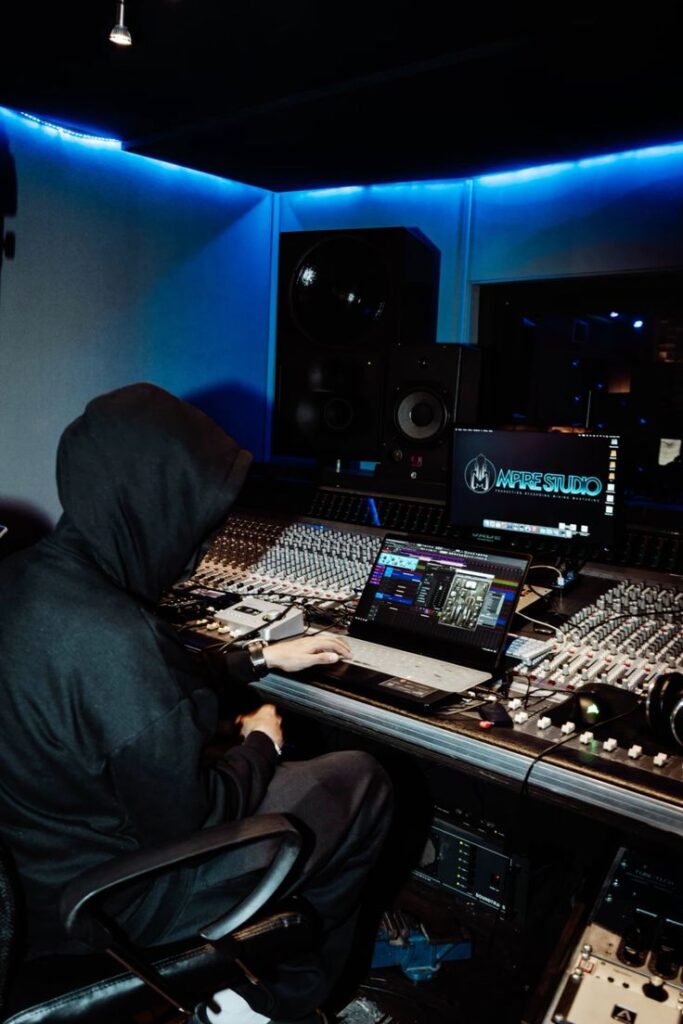
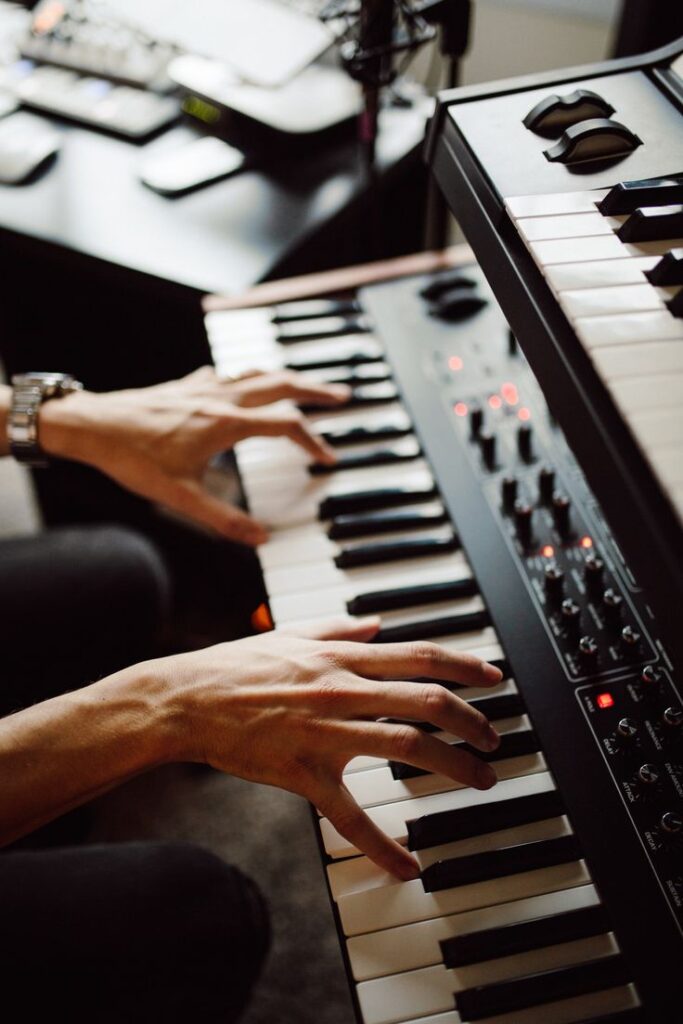
The Role of AI in Music Covers
AI is transforming how you approach creating music covers. From automated song generation to advanced voice cloning, technology enhances your creative process. Here’s an exploration of the specific AI tools available in music covers.
Exploring AI Cover Song Generators
AI cover song generators allow you to create new interpretations of existing tracks quickly. These tools analyze the structure and melody of a song and generate unique versions based on your input.
You can often customize parameters, such as genre or tempo, giving you the flexibility to explore various styles. Additionally, platforms like OpenAI’s Jukebox or Amper Music utilize machine learning to produce high-quality audio tracks, enabling you to experiment without extensive musical training.
AI Voice Model and Cloning Technology
AI voice models and cloning technology significantly impact the way you sing and produce music covers. These models can replicate the vocal characteristics of various artists, allowing you to perform songs in their original style or blend multiple influences.
For instance, tools like Vocaloid or Adobe VoCo enable you to synthesize voices that sound remarkably human. This technology opens new creative avenues for singers, letting you transform your voice or even create entirely new vocal parts tailored to your musical vision.
Machine Learning’s Impact on Music Production
Machine learning is reshaping music production by enhancing everything from sound design to mixing. Algorithms can analyze tracks and suggest improvements or generate additional elements that fit seamlessly into your cover.
Software tools now employ machine learning techniques to optimize EQ settings, automate vocal tuning, and provide real-time feedback. This ensures a polished final product while saving you valuable time during the production process. As your skills develop, leveraging these technologies can elevate your music covers significantly.


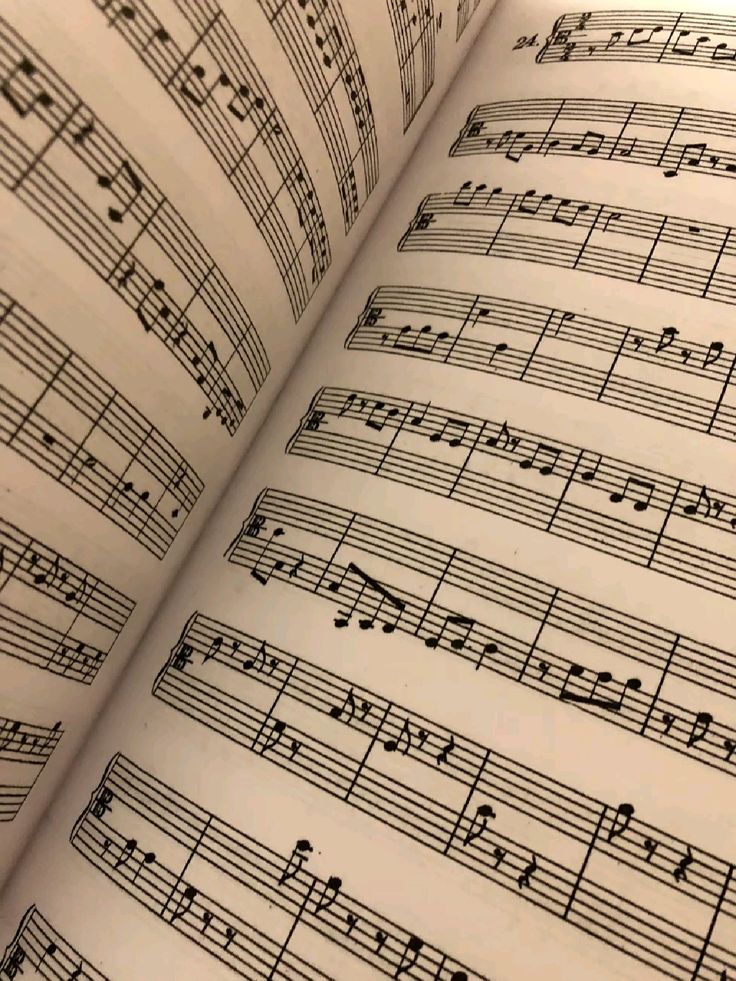
Creating Your Cover
When creating a cover of your favorite song, the setup is crucial. Proper equipment ensures quality, while AI tools can enhance your sound. Vocal techniques help you express the song uniquely.
Setting Up Your Equipment
Begin with essential equipment for recording. Use a good-quality microphone to capture your vocals clearly. A USB condenser microphone provides an affordable option for beginners.
Recommended Equipment:
- Microphone: Look for options like the Audio-Technica AT2020.
- Audio Interface: A device such as Focusrite Scarlett ensures better sound quality.
- Headphones: Closed-back headphones like the Audio-Technica ATH-M50x help you monitor without bleed.
Position your microphone correctly and test sound levels to avoid clipping. Use acoustic treatment in your recording environment to minimize background noise.
Selecting and Using an AI Song Cover Generator
AI song cover generators can simplify your creative process. Tools like Covers.ai allow you to create professional-sounding covers quickly.
- Upload Your Tracks: Import the original song and choose your vocal track.
- Customize Your Sound: Adjust pitch, tempo, and effects to match your style.
- Preview and Edit: Listen to the AI-generated cover and make necessary tweaks.
Fineshare helps in mastering your track with additional features. Experiment with different settings until you achieve the desired sound.
Vocal Techniques and Training
To improve your singing, consider training your voice. Use resources like online vocal coaching programs to refine your skills.
- Warm-Up Exercises: Daily warm-ups enhance your vocal range and flexibility.
- Breathing Techniques: Focus on diaphragmatic breathing for better control.
- Practice Regularly: Consistency will help develop your unique sound.
A vocal remover tool can assist in isolating your voice from the original track. This allows you to hear your progress and adjust accordingly. Make your cover memorable by incorporating your vocal style while respecting the original composition.
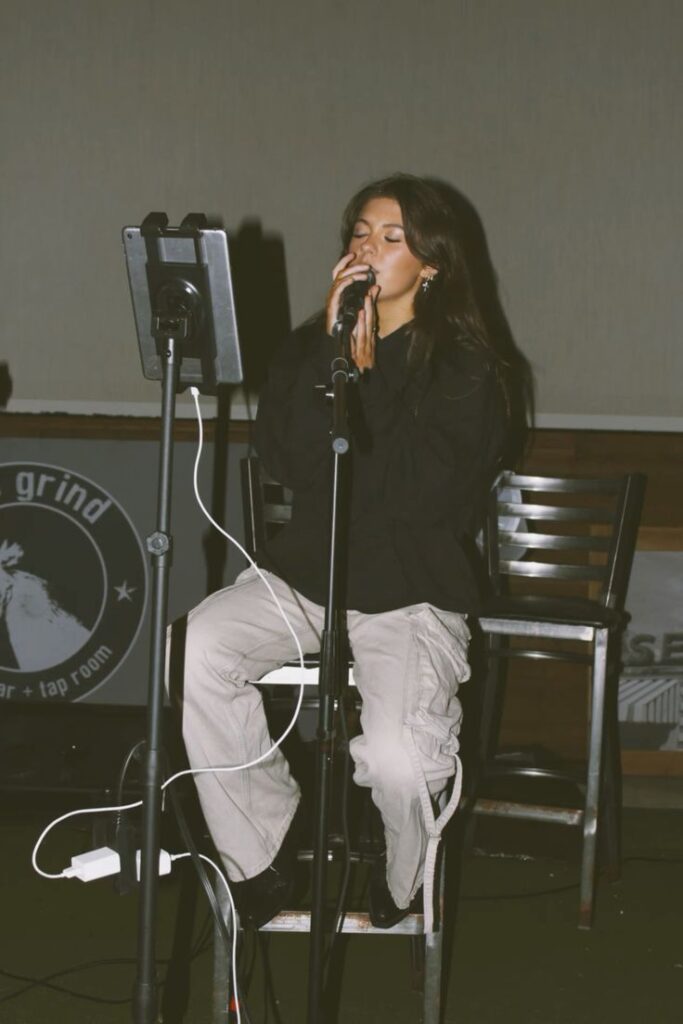

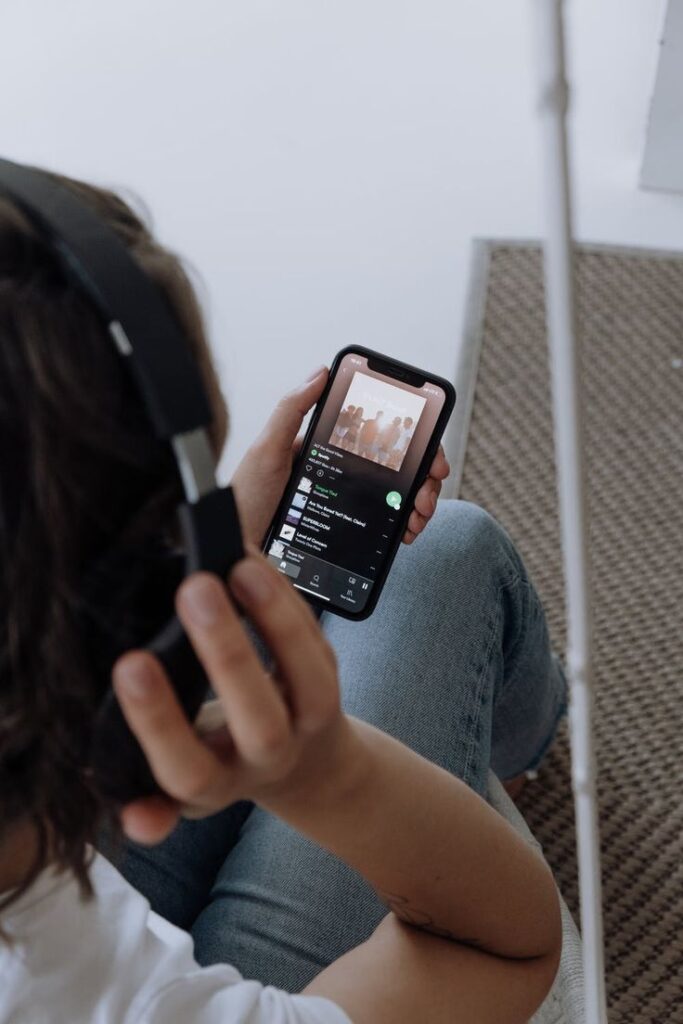
Sharing and Promoting Your Cover
To successfully share and promote your cover, consider using various platforms that cater to your target audience. Engaging with music communities can amplify your reach and foster relationships. Ensure you understand legal aspects to protect your work.
Optimal Platforms for Distribution
YouTube is a primary choice for sharing music covers. It has a vast audience and supports video and audio formats. Make a visually appealing video or a simple lyric video to capture attention.
TikTok is another excellent platform. Short, catchy clips can go viral, and users often appreciate creative covers. Consider using trending sounds or challenges to increase visibility.
Spotify offers an avenue to reach listeners who enjoy streaming. Uploading your cover as an MP3 or WAV file can attract attention from playlist curators.
Engaging with Music Communities
Joining online music communities on platforms like Instagram and Reddit can help you connect with other musicians and fans. Use hashtags related to your cover to enhance discoverability.
Interact by sharing tips, providing feedback, and collaborating with other artists. Engaging content, such as behind-the-scenes footage or your creative process, can attract more followers.
Consider participating in forums or Facebook groups dedicated to music covers. Sharing your cover and actively contributing to discussions can increase your visibility.
Legal Considerations and Copyrights
Before distributing your cover, understand copyright laws related to music. Most songs require permission from the original artist or publisher. Use services that help you secure these rights.
You can also explore avenues like SoundExchange, which helps manage royalties for song covers. Always credit the original artist when sharing your cover.
Platforms like YouTube may automatically detect copyrighted material. Review their policies to avoid removal of your content. Knowing the rules allows you to share your work while respecting others’ rights.
- 2.7Kshares
- Facebook0
- Pinterest2.7K
- Twitter0
- Reddit0
